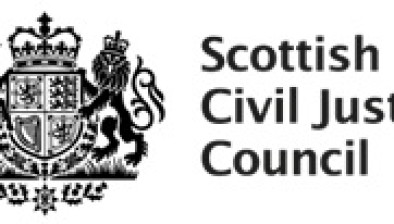New personal injury action rules

New rules have been developed by the Personal Injuries Committee of the Scottish Civil Justice Council for cases proceeding under Chapter 42A of the Rules of the Court of Session.
The rules, which come into force on 1 March 2020, have been developed as a result of operational issues raised by the Court of Session Personal Injury Users Group about these actions.
The Act of Sederunt (Rules of the Court of Session 1994 Amendment) (Case Management of Certain Personal Injuries Actions) 2019 (S.S.I. 2019/404) was laid before the Scottish Parliament on Friday.
It was highlighted that there was insufficient time between the closing of the record and the hearing of the case on the By Order Adjustment Roll. As a result, hearings have often had to be continued to allow parties more time to comply with requests for information, such as the exchange of medical records.
In the process of reviewing the operation of Chapter 42A, the Personal Injury Committee consulted with members of the judiciary and practitioners with experience of actions proceeding under the chapter, and their feedback has been incorporated in the development of the new rules.
The new rules provide:
- that the By Order Adjustment Roll Hearing is re-named ‘Case Management Hearing’;
- that the pursuer has to lodge their closed record in process within 14 days of the closing of the record;
- an extended period between the record closing and the Case Management Hearing;
- for the staggered exchange of information in the period between the lodging of the closed record and the Case Management Hearing;
- for a new notification procedure where a party seeks to have the action appointed to debate;
- for the lodging of statements of proposals and joint minutes;
- that should a party fail to comply with certain specified rules concerning the exchange of information then that party may be ordained to appear before the court to explain their non-compliance.
This new approach provides that parties should be more knowledgeable of their respective positions when preparing for case management hearings. It is anticipated that the new structure should facilitate the more efficient exchange of information by parties and a reduction in the number of continuations of hearings.







